I was standing in front of “A Soldier’s Journey,” the centerpiece of the new National World War One Memorial in Washington, DC, chatting with its creator, sculptor Sabin Howard, when I raised a question.
“So, are you the new Saint-Gaudens?” I asked.
“No! No, God no!” exclaimed Howard. “That guy sucks.”
Sabin Howard is nothing if not direct in expressing his opinions, which are refreshingly free of the artspeak that saturates most of the contemporary art world. It’s a frankness that is best appreciated by examining his current commission as well as trying to understand the artist himself.
It may surprise visitors to Washington, a town crammed with monuments and memorials to individuals, events and abstract concepts, that until now there has been no national memorial commemorating World War One. Other than the beautiful tempietto-cum-bandstand put up by the District of Columbia to honor local fighters in the Great War, one found only monuments to specific persons involved in the conflict. It’s not unprecedented: until 2004, for example, there was no national monument dedicated to World War Two in the city.
The National World War One Memorial has been under construction for about a decade now, interrupted for a time by Covid. Unlike other recent memorials such as those to Dr. Martin Luther King Jr. or President Dwight D. Eisenhower, the site occupied by the new monument was not a blank slate. It had to incorporate the already-existing memorial to General John J. Pershing, unremarkable except for the arresting standing bronze by sculptor Robert White — and the fact that the park surrounding the statue provided a bit of garden against the bleakness of Freedom Plaza across the street. Freedom Plaza, adapted from a design by the late Postmodern architect Robert Venturi, is a haven for skateboarders and the destitute across from the Willard Hotel and the National Theatre, its only merit consisting in its unobstructed views of the Capitol at the opposite end of Pennsylvania Avenue. Howard’s contribution is a bronze sculpture standing seven feet tall, nearly sixty feet long and weighing approximately twenty-five tons. It tells the story of an American soldier leaving home to fight, his experiences in battle and his return after the war. For the thirty-eight figures that make up the piece, Howard used both actors and ordinary people dressed in period uniforms and costumes as models, including veterans from the Marines and the Navy Seals. Over 12,000 photographs of these models were taken at his studios in the South Bronx, during a period of nine months. The sculpting process then took over four years to complete and involved large groups of people — from administrative and logistics professionals to multiple teams working in clay, castings, preparing drawings and so on.
As it turns out, “A Soldier’s Journey” has been on something of its own journey. Following the proposal of twenty-five separate iterations, and the creation of scale models in the United States and New Zealand, the final version was cast at the Pangolin Foundry in Chalford, England earlier this year. The massive piece finally arrived in Washington in August and was unveiled to the public in September. It has already become a topic of conversation around the capital.
At the left side of the composition, the soldier says goodbye to his family, his young daughter solemnly handing him his helmet. His journey proceeds through marching into battle and witnessing the horrors and deprivations of war, before the troops march back again under the American flag. The journey ends with the soldier returning home, where he presents his helmet back to his daughter. She will now take up the conflict to come once she reaches adulthood for, as Howard explains, she represents the generation that would go on to fight in World War Two.
Though it has its contrasting moments of quiet and action, of pathos and fortitude, the sculpture also absolutely shouts — and screams. Viewing it in person for the first time, I thought of François Rude and his “Departure of the Volunteers” from the Arc de Triomphe, or Paul Landowski’s tomb of Marshal Ferdinand Foch at Les Invalides. In other passages, I sensed the influence of Michelangelo: the pairing of a nurse holding a soldier who had been hit with poison gas called to mind the artist’s unfinished “Bandini Pietà,” but also one of the figures in his painting of the Last Judgment. In one of the fresco’s most famous sections, a damned soul stares out at the viewer, his haunted face half-hidden by his hand in a gesture of utter despair, as he is pulled down into Hell. In Howard’s work, the scream of the blinded soldier is even more intense, while it is the face of the nurse attending him, helpless to do anything, that bears the haunted expression of someone overwhelmed by her circumstances.
This sort of classical allusion is fully intentional. “I don’t like American art,” Howard explains, after I recover my composure following my (perhaps impertinent) question about Saint-Gaudens. “I grew up in Italy, so I’m looking to Michelangelo and Raphael. And that’s where I’m driven.”
Although Howard clearly believes in himself and in his work, despite many years as an artist he did wonder whether a commission like this would ever come his way, given the realities of the present environment for classically inclined artists.
“If you’re in the art world for this long,” Howard observes, “and you’re on the outside, you have to figure out how to get around that. Because it’s a system. I really thought about it, very calculatingly. How can you break the system? Because I couldn’t get into Larry Gagosian.”
That something different turned out to be proposing a work of art on a scale that perhaps no other contemporary artist could even presume to attempt. Ai Weiwei may be able to fill the Turbine Hall at Tate Modern with ceramic sunflower seeds. But at the end of the day, they’re just thousands of little lies, feeding neither the birds of the air nor the souls of the humans who come to stare at them.
Ironically, Howard’s opportunity came out of his experience with one of the world’s most famous starchitects, Frank Gehry, prominent neither for his classicism nor his inherent good taste.
“I was in Cape Cod,” Howard recalls, “at the beach with my wife in 2014, and she said, ‘Hey, look at your phone, you’ve got this email.’ And I said, ‘Who is Gehry Partners?’ I didn’t know. And so I call up, and they said, well we want to have you out, we got your name from the Institute of Classical Art and Architecture.”
Howard soon found himself on a plane to California.
“We talked for five hours. And they really liked the ideas, but what was really interesting was that it was the catalyst that got me to here.” For as it turned out, although Gehry didn’t end up commissioning Howard to work on his infamous Eisenhower Memorial, Howard himself had been noticed. Had it not been for that meeting of two very different minds, “A Soldier’s Journey” may well not have happened.
“Now, in retrospect the issue was that he’s chaos theory, I’m divine order,” Howard says, speaking of Gehry’s ethos as compared to his own. “I believe that there is a rational cohesion and unity to the universe and how things are assembled. And it’s not just my philosophy that comes out of a lineage of the Italian Renaissance, but it is also aesthetic, and form and philosophy all melded together.”
“That’s why I think this piece is successful,” Howard says. “I’m not patting myself on the back, but you don’t need to read a book to get this. And I think that’s what’s really necessary in the visual arts, first and foremost. It’s not like a conceptual piece where you read the book to understand it.”
Perhaps the most arresting single figure in the entire tableau is that of a bewildered man who is standing somewhat forward from the rest of the group, and Howard pointed out to me how he forms the crux of the composition.
“There’s an “X” that passes through the middle of this that’s a symbol for transformation,” Howard explains, air-sketching the converging diagonals that one senses rather than sees directly. “There’s definitely more quiet on the left side than in the center and the other side. Everything’s working in harmony, so it’s a statement about how the universe is put together, and how people are so reliant on each other. And there’s only one figure that’s not connected, it’s the shellshocked guy — which is the beginning of Modernism.”
Could he be said to represent the start of hyperindividualism, the modernist psychosis that, among other things, ruined much of Western art after the war?
“Yes, exactly,” Howard agrees. “Look, everything’s intertwined. My head was so screwed up when I went into this process, because I had hundreds of people asking me to do this and that, and I had never been in this position and I didn’t want to lose the job. And then I was like, f*ck it. And I went into the bathroom in my studio in the South Bronx, and there’s this giant poster of the Last Judgment, and I looked at that, and it was like, all of humanity intertwined like a pretzel, advancing and receding into space, and that day was like, ‘Do that. That’s what you know how to do.’ And that’s what I did here, and that’s why this got so cohesive.”
Howard emphasizes what he hopes his sculpture will do for art more generally. “This sculpture is the beginning of a new era,” he says. “It leaves behind the ideology of the last hundred years of Modern Art, going back to an era that talks about rising to the occasion, to traditional, sacred art. This is the beginning of the American cultural Renaissance.”
A few days later, I chanced to read a story on a new memorial to fallen journalists that will be built close to Capitol Hill. The proposed design features the typically banal design elements preferred by those who either can’t or won’t let go of the mania for commissioning spaces that function better as open-air drug markets than public parks. The American cultural Renaissance, if we are to have one, can’t come soon enough.
This article was originally published in The Spectator’s November 2024 World edition.



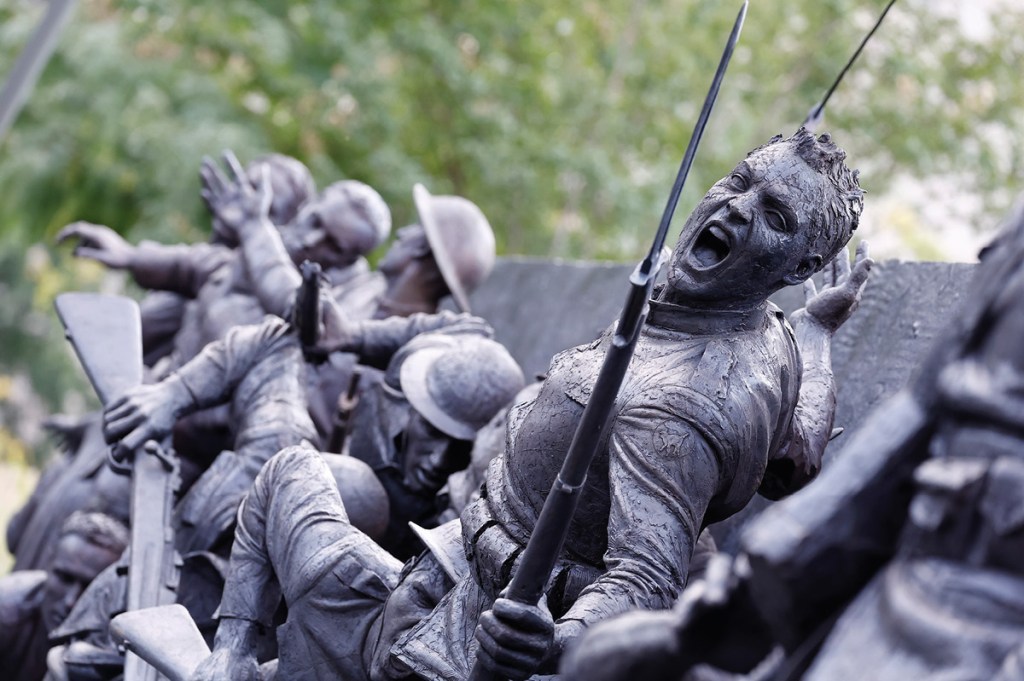






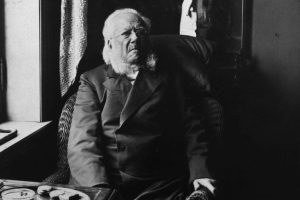
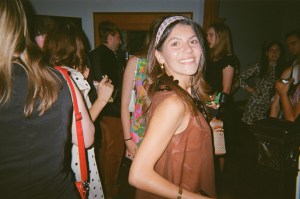

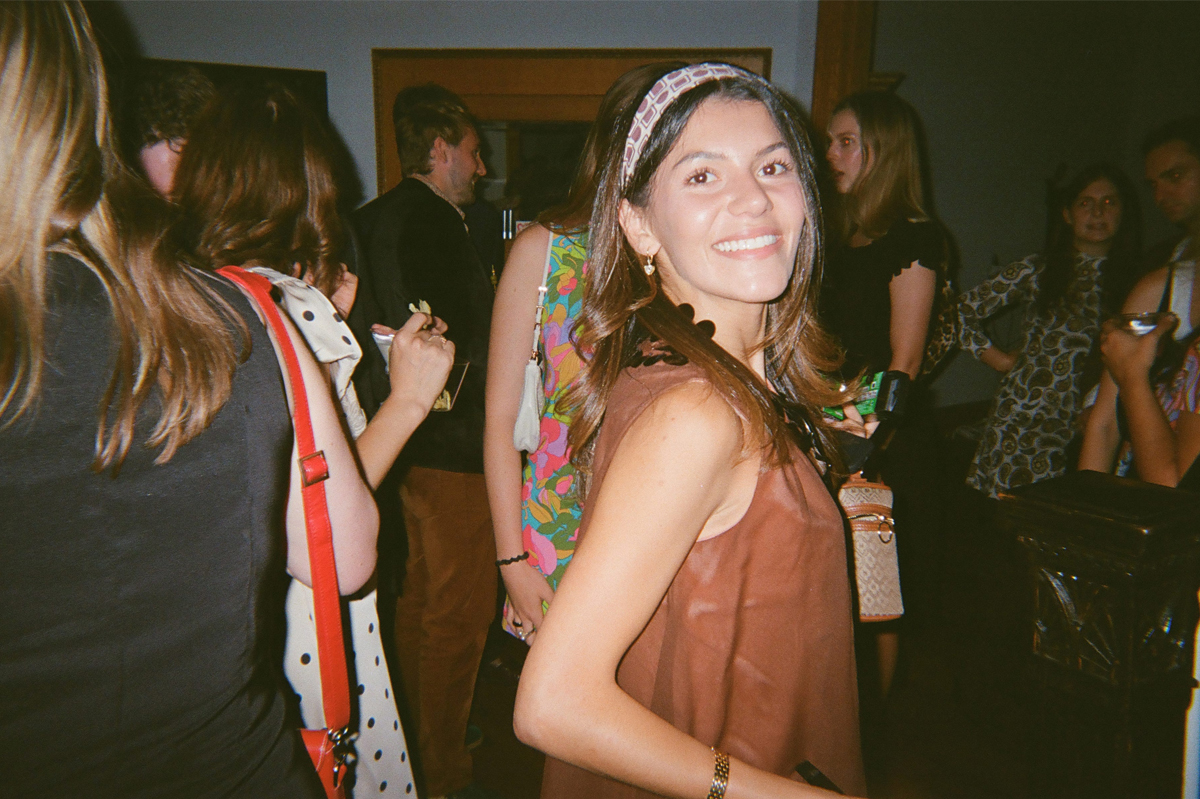
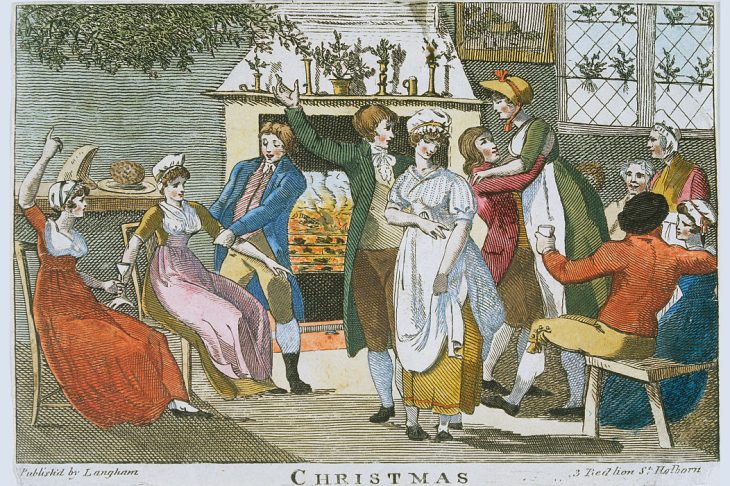
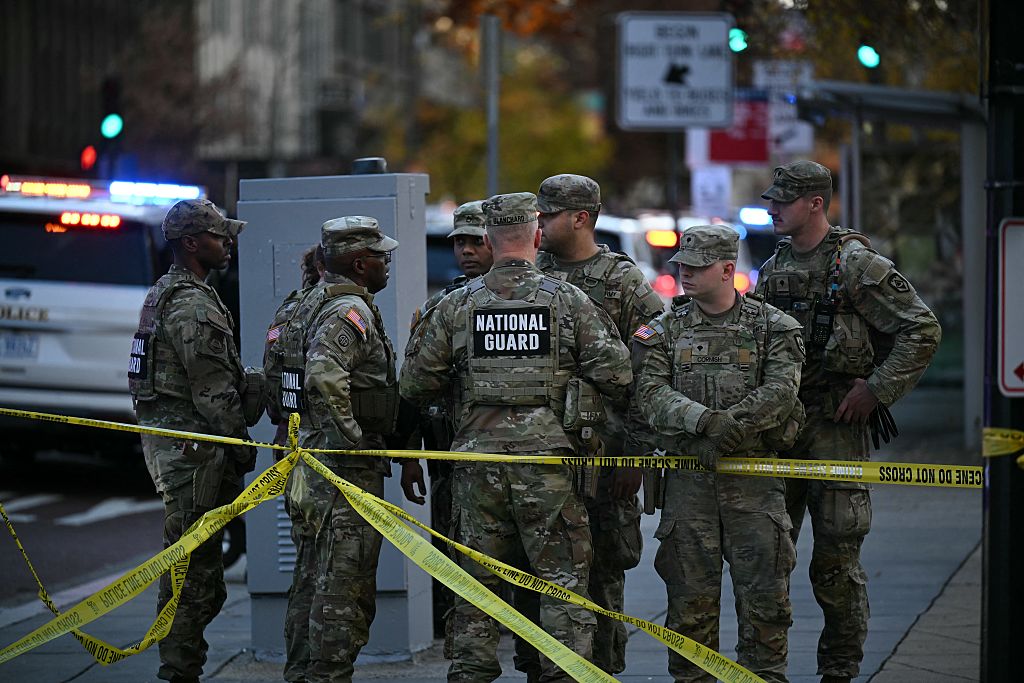
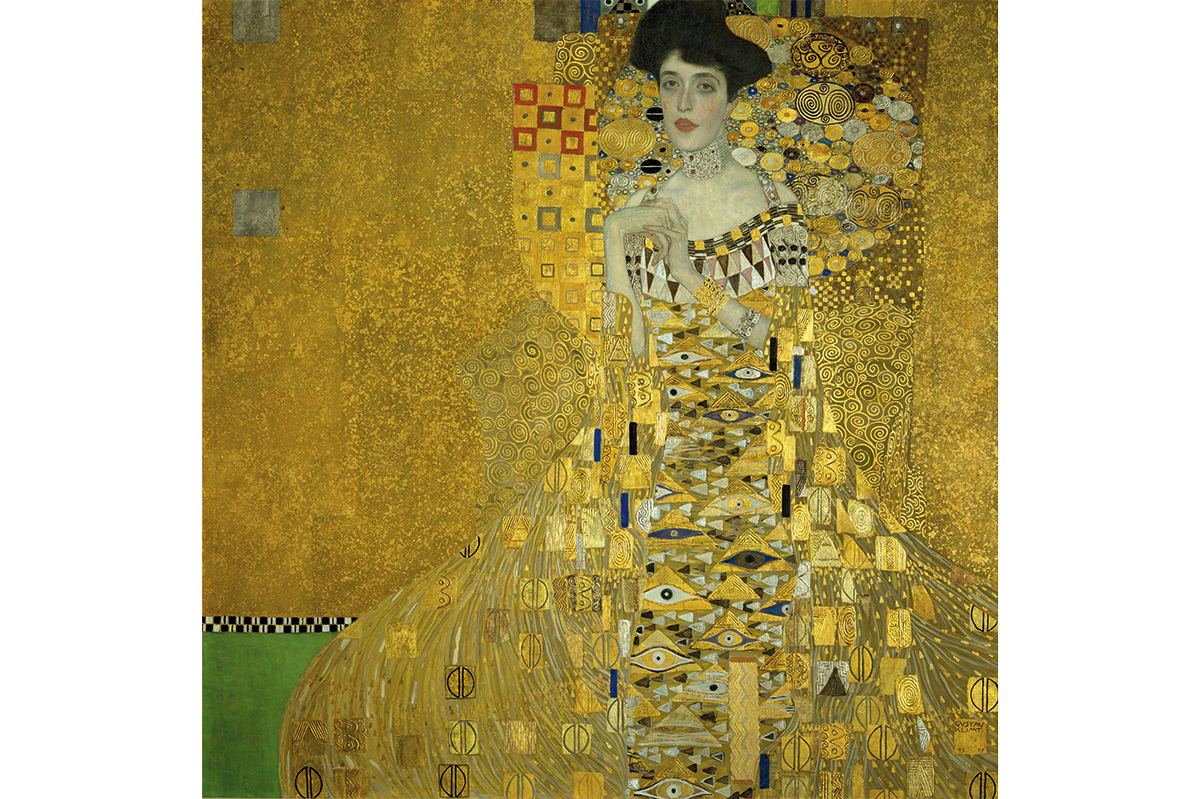
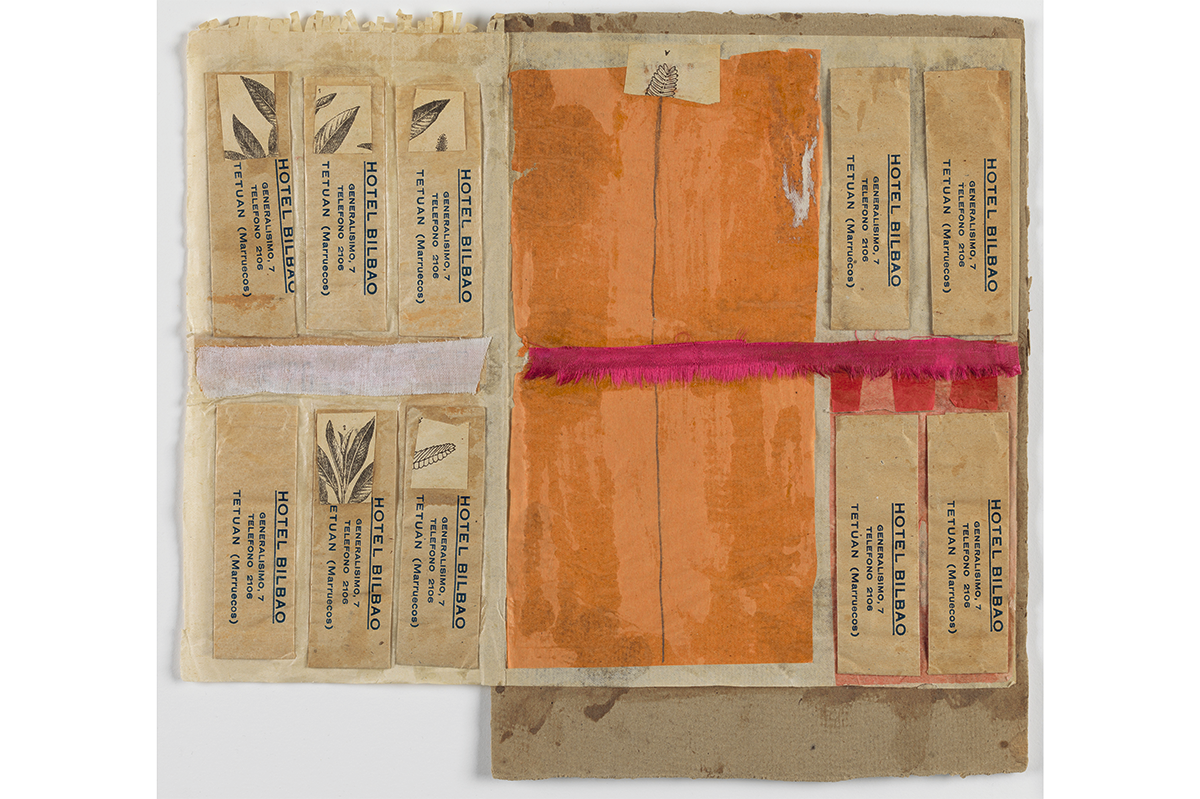
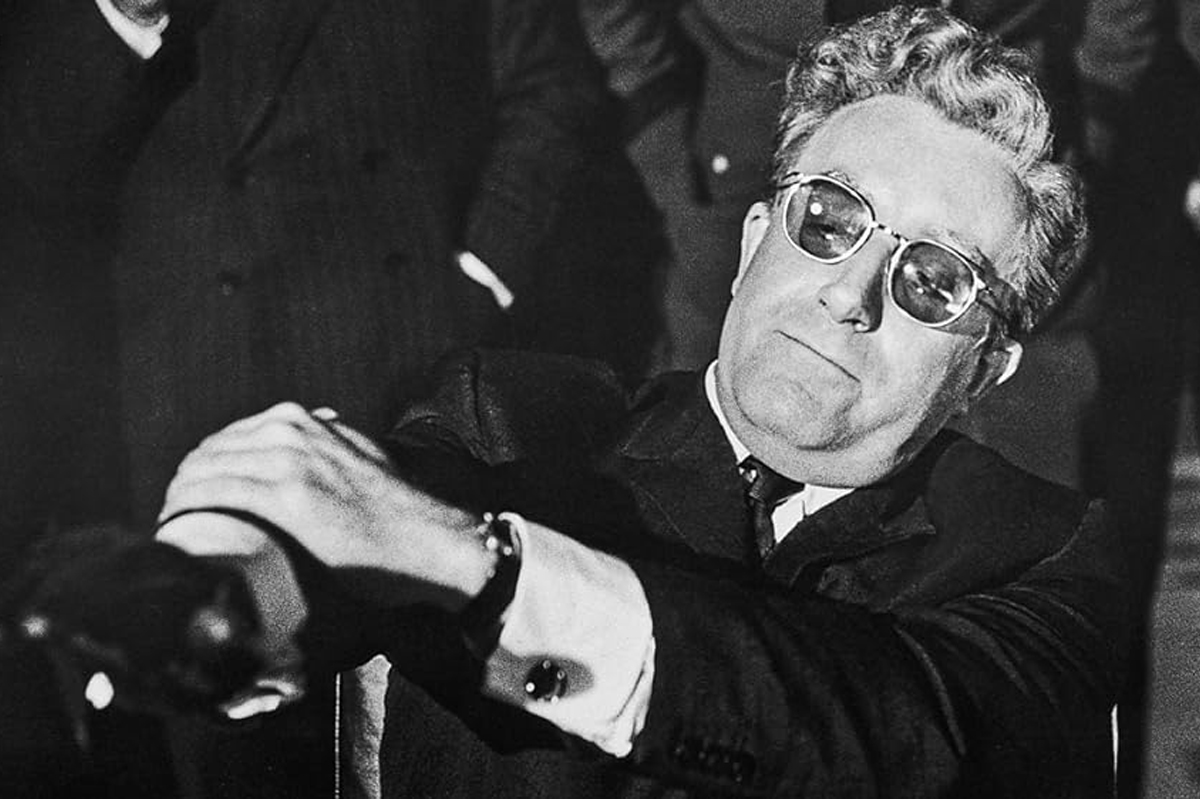







Leave a Reply